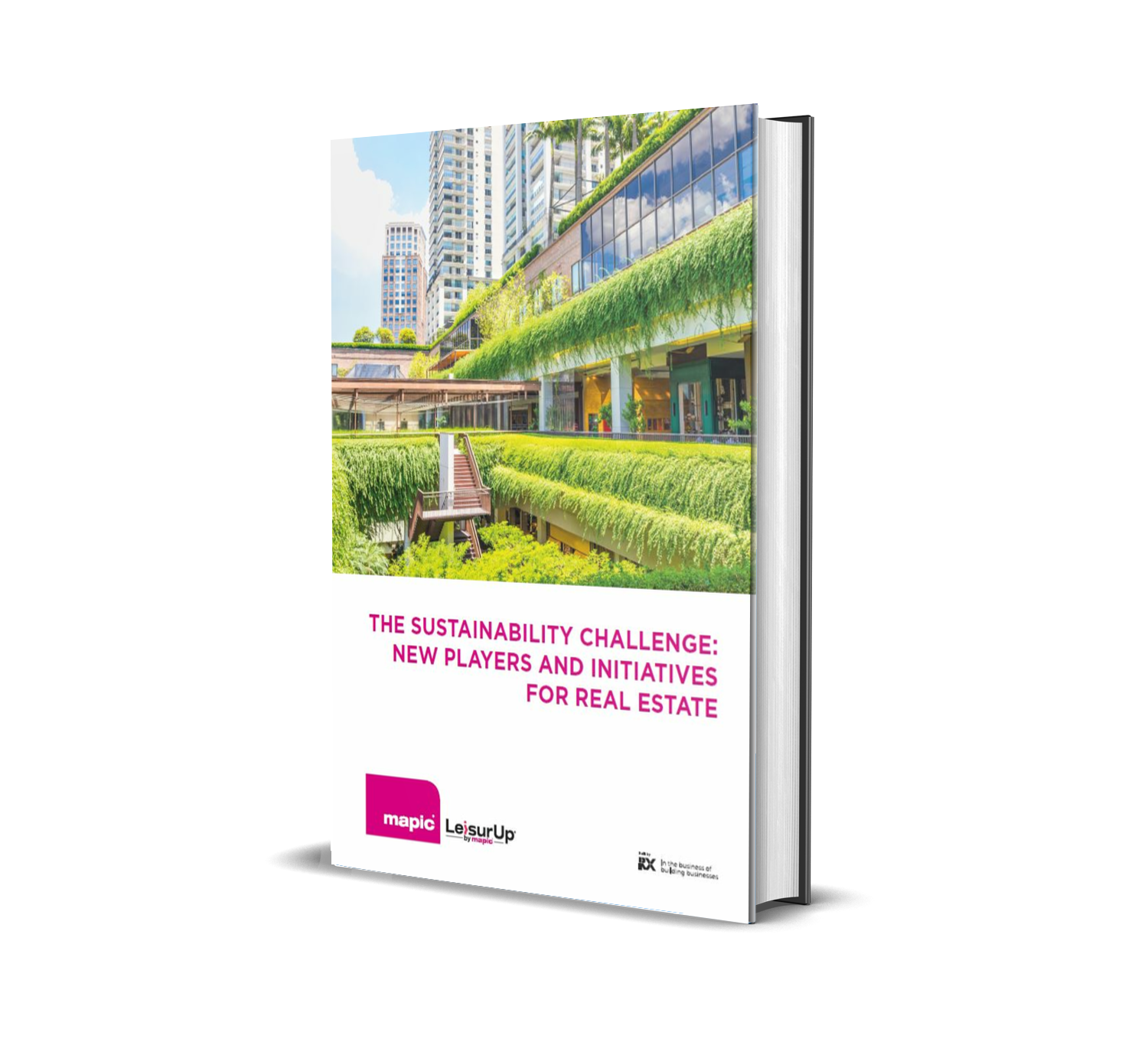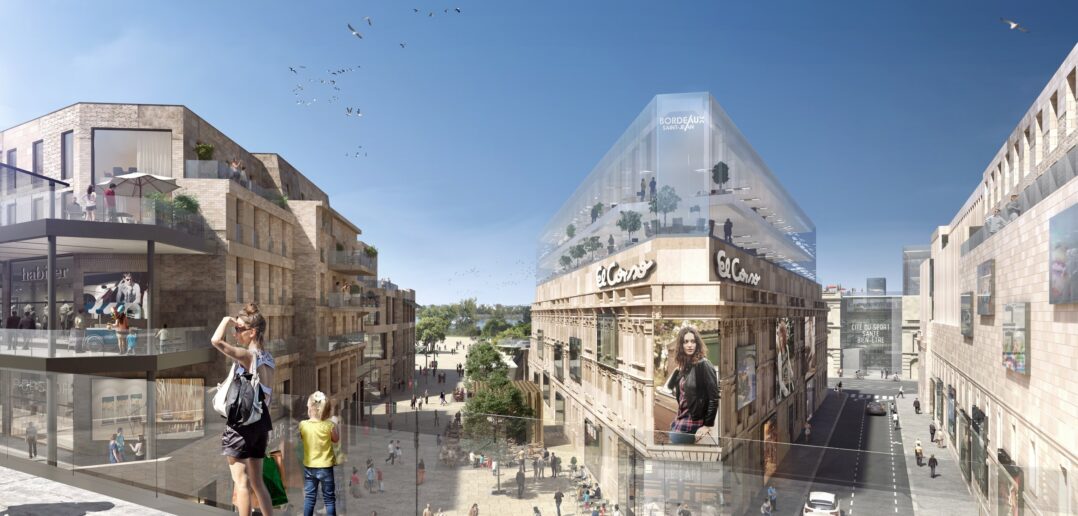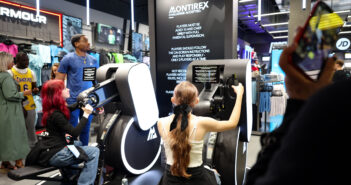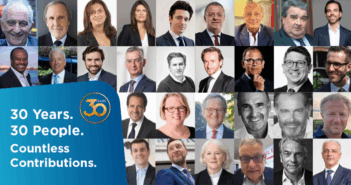Leisure, food & beverage, office space, co-working, residential, healthcare, wellbeing and logistics are all transforming the face of mixed use retail destinations and lifestyle centres, with the latest mixed-use schemes aiming to fulfil a wide range of visitor needs and meet lifestyle requirements that, especially over the past 12 months, have focused on local neighbourhoods.
Successful development in the retail sector has always been about helping customers stay ahead of the trends but the latest mixed use retail development projects are now evolving at pace, with different uses helping offset some of the risks around the longer term trends in retail space, while combining the right mixed-use elements can create a halo effect, improving revenue right across a scheme.

The sustainability challenge
Retail and mixed use development
Two of the most significant game-changers of recent years have arguably been the evolution of food and beverage (F&B) outlets, a defining factor in driving footfall in a world where many conventional transactions have shifted online, and the rise in all forms of leisure and entertainment.
Right across Europe, the US and indeed the world, F&B has become one of the most significant factors driving new schemes, and shaping the way refurbishments are executed. And if F&B was the early-mover in shopping centre transformation, leisure has arguably become the latest big thing, with multi-generational attractions.
Technology can also play a part in creating stand-out retail destinations, while mixed use developments are popular with retailers because they encourage dwell and bring people into an urban development for a variety of reasons.
The emergence of blended-living solutions, including mixed use residential and retail development, right across the real estate industry is also ensuring that the idea of combining work, living and leisure time in one location becomes the new norm. Co-working, the other huge commercial property trend, has also found its way into the world of retail. The search for other complementary elements has also renewed faith in hotel anchors for mixed used schemes, with this asset class independently proving risk averse in times of economic uncertainty.
In addition, there is growing evidence of the growth of medical centres, dentists and other health specialists as shopping centre tenants, reinforcing the daily-use trend. Diversification for commercial mixed use facilities and retail shopping centres also makes a lot of commercial sense in uncertain economic times.
Shopping centres open up to mixed use
Malls were once likened to commercial spaceships, which dropped into their location and traded in splendid isolation from their surroundings. Aside from the entry points they were typically closed off to their outside environment and interacted little with the streets around them.
Those days have passed and most new schemes are more open, with clear links and passages into the centres from the existing infrastructure, typically with new public realm to enhance the immediate vicinity. Redevelopments and asset management are also often focused now on opening up previously closed sites to encourage interaction and give centres more of a sense of place.
Davide Padoa, CEO, Design International, told MAPIC that he believes that mixing uses adds to this and points out: “It is also better for the environment because mixing uses keeps people in one place, rather than them moving between locations.”
He adds:
“It’s an opportunity to rediscover a city within a city, as the architecture can be altered to open the centres out to their location, building out at scale with terraces for food & beverage for example and creating more public areas. There is also an opportunity to bring in more nature and green corridors. This can even be achieved in areas like the car parks, which can be redeveloped with more nature to make them softer and nicer environments.”
Mixed use development leads regeneration
At the heart of much new design and reconfiguration is a desire to make the centres more of their local place and bringing in new, complementary uses not only aids the commercial viability of some sites but also makes them more useful for local residents and workers.
“Being able to create things on a greater scale really does bring community benefits and I remain confident that people will come back to the same destinations, because of the desire to socialise,” Adrian Griffiths, group board director, Chapman Taylor.
“What the pandemic has taught us is that people enjoy the convenience of facilities on their doorstep and expect more. That means developers need to be more agile but it also creates great opportunities for new players to take space.
“Older shopping centres were designed to be gated communities, separated from their environment. But there are all sorts of things we can look at, like removing the roof and breaking out of the enclosed spaces to integrate with their surroundings. It’s not going to be easy and investors need to make big decisions,” he says. “Of course, we also have to accept that some schemes are not suitable for conversion and may need to be partially or completely knocked down. That’s nothing new, we have worked on schemes from the 1960s and 1970s which are not suitable to modern needs and have been brought down. In the replacement schemes retail will remain hugely important, even if there is not as much of it as there was in the past.”

The sustainability challenge
The argument against multi-use was, traditionally, complexity. A simple, retail-only scheme, or offices-only building, was clear, simple and easy to transact. But the world has moved on and complexity should be seen as a positive. Of course, some investors have been convinced from the outset, such as UK investor Grosvenor in terms of its Scandinavian portfolio.
“It’s very clear for us, our strategy is based on a multi-use city structure and our assets in Sweden have traditionally been at the heart of cities, already as centres that include services from leisure and gyms to hotels, education and community services,” says Carl Strufve, director Nordics, Grosvenor Europe.
“Retail tended to be at the core of this – so the only difference now is that other uses may become the core function and new uses may be included as society evolves.”
To download the full report please fill the form on the right =>
Click on the following links to read more on how mixed use schemes reshape retail models, on how mixed use retail development is reshaping retail models, Part 1 and Part 2, and also read about Ateliers des Capucins, a mixed use destination which changed the city of Brest.




